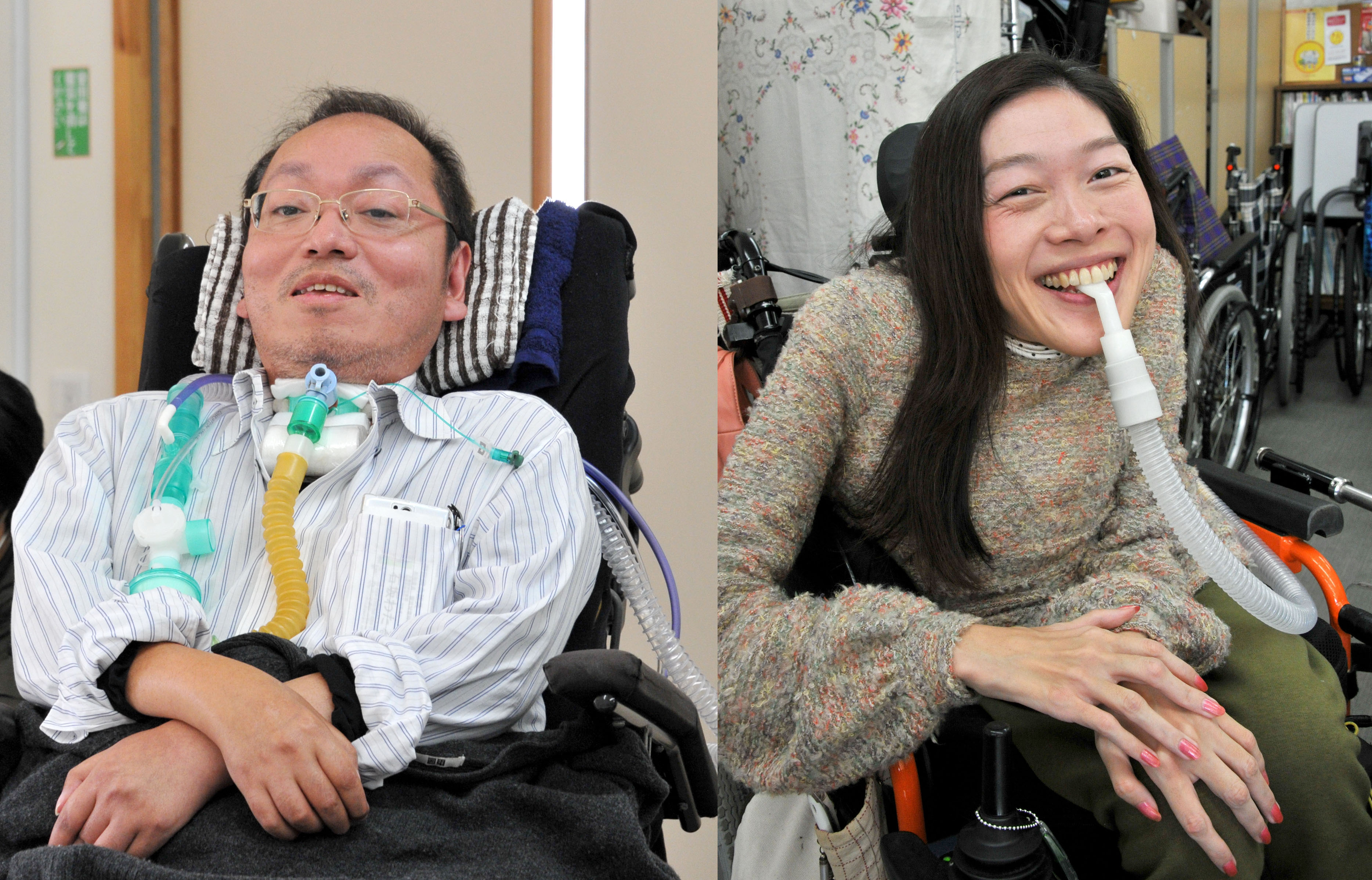Euthanasia is an emotionally charged issue for people on both sides of the debate. Proponents of euthanasia argue that a person suffering from terminal illness should be given the freedom to choose how and when they die. Such discourse is given weight by the Japanese term for the practice — anrakushi, which literally means "peaceful death."
On the other hand, opponents generally argue that euthanasia is nothing short of murder, and the use of palliative care can often give a terminally ill person a more comfortable, dignified death. In some cases, they say, a desire to die prematurely is merely rooted in depression.
The government has enacted no specific legislation on euthanasia and the Supreme Court has only ruled on the matter once without providing any specific guidance. Instead, the basic framework of Japan's euthanasia policy to date has been laid out in two local court cases, one in Nagoya in 1962, and another after an incident at Tokai University in 1995. The judgments in these cases established a legal framework and a set of conditions within which euthanasia could be legal. In both cases, however, the defendants were found guilty of violating these conditions when hastening the deaths of their patients.


















With your current subscription plan you can comment on stories. However, before writing your first comment, please create a display name in the Profile section of your subscriber account page.